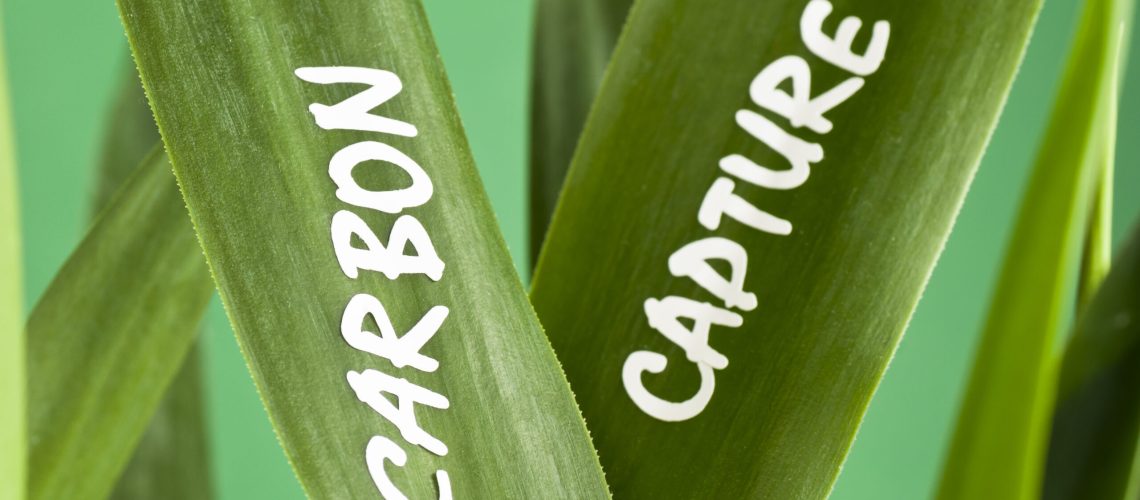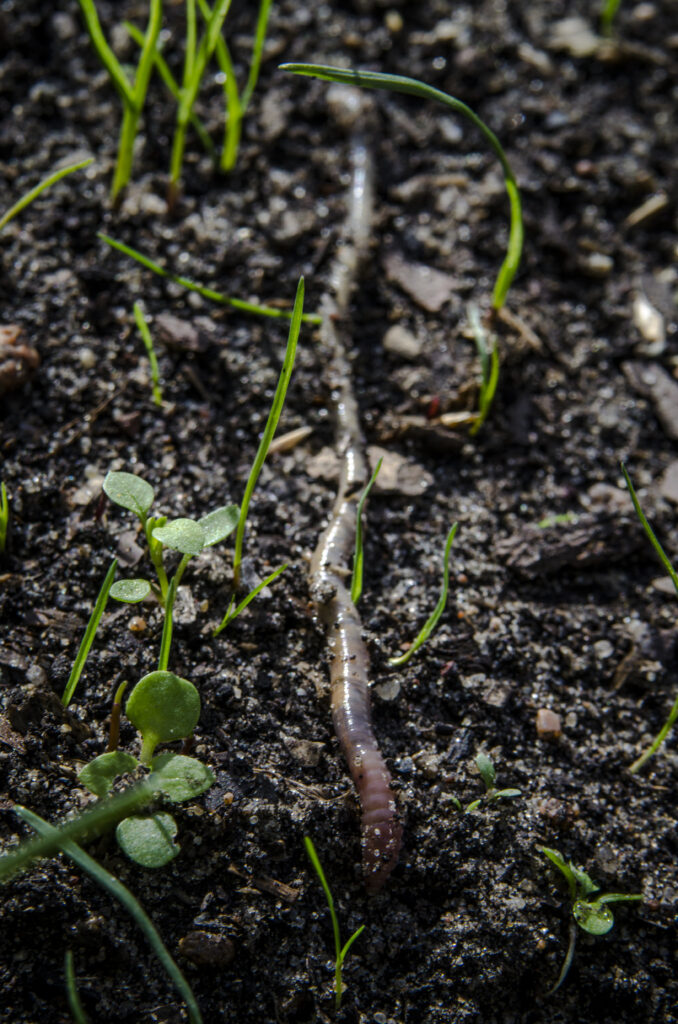Soil carbon is important to soil health because it enables microbial life. Microbes are able to obtain carbon directly from plant exudates, however, much of their carbon source is from the dead plant and plant derived materials that they digest. We harvest much of the above ground matter from crops, but plant roots, cover crops and various manures can provide additional sources of carbon and other nutrients for microbes. Pure carbon, for instance coal, is not something we add to soil to increase fertility. It is the soil organic carbon, the carbon originally derived from the living plant, animal and microbial sources, that predicts soil health. This is because it is food for microbes. Without fungi and bacteria making the glues that allow microbes to stick to soil and create soil texture, the soil becomes a powder that is easily eroded and does not hold water. Moreover, without microbes that are so tightly bound to the soil to store nutrients, the soil becomes barren.
Soil carbon begins as plant exudates and dead plant material and ends as humus, the molecular remnants of the bodies and refuse of dead animals and microbes that digested the plant material. Newly broken-down plant material is close to the surface and available to microbes as soluble organic carbon. Using this easily accessible carbon, microbes can multiply. Furthermore, carbon that is in microbes and other inhabitants of the soil food web can be viewed as a savings account. Turnover in the food web is rapid and these materials are being recycled. As organic carbon molecules become in excess, i.e., they are not rapidly recycling, they attach themselves tightly to minerals and clay. In this state they are more difficult for microbes to access. They begin to descend deeper into the soil becoming even more closely associated with soil particulate matter and can now be described as sequestered carbon. The amount of carbon your soil can potentially sequester depends heavily on the particulate matter of your soil. Some soils can accumulate as much as 20% others probably less than 3%.
Earth has surrendered 50% of its sequestered carbon to the atmosphere. How did this happen? As a plant starts to grow, it sends out exudates that stimulate the dormant microbes to start multiplying and working to bring nutrients to the plant. If there is insufficient soluble organic carbon available, the plant stimulated microbes will need to mine carbon from stored carbon sources. Over many years of non-regenerative farming, the microbes have depleted this stored carbon. Mineral fertilizers have replaced the microbes bringing minerals to the plants, but they do not provide carbon for microbial growth. Moreover, plants do not put out exudates for microbes when supplied with mineral nutrients – the stimulus for exudates is the need for minerals. The tragic outcome of low microbes is the loss of soil texture which leads to soil erosion and the inability of the soil to retain moisture.
You need to have all forms of carbon for soil health; plant exudates to stimulate microbial growth, newly digested matter, soluble organic carbon for the population explosion, and stored carbon for the poor times when the microbes need to delve into their reserves. You also need to store carbon by feeding the microbes carbon and replacing minerals in a manner that does not inhibit microbial growth. Sequestered carbon is 60-80% the remains of dead microbes.


